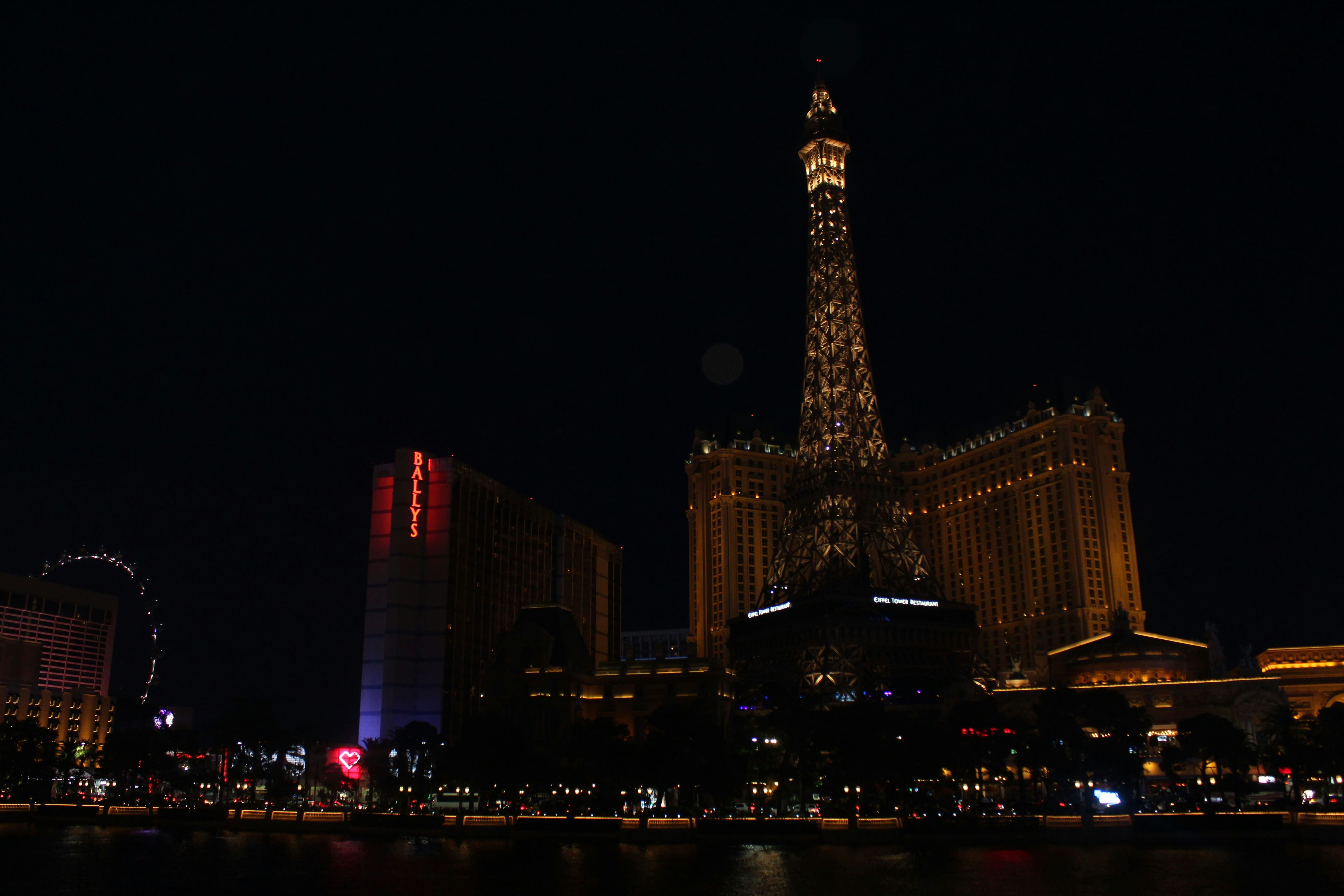What We Learned at IMEX America 2025: Connection, Creativity, and Change
Executive Summary
More than 17,000 meeting, event, and hospitality professionals from over 100 countries gathered at IMEX America 2025, held at the Mandalay Bay Convention Center in Las Vegas, Nevada. The event spotlighted a clear industry-wide shift toward connection, creativity, and human-centered innovation, guided by the theme, “Impact 2.0: Activating the Future.”
Members of our global teams at FIRST participated in sessions, meetings, and trend briefings throughout the week. We identified seven key ideas shaping how brands connect people, and how those insights will influence the next generation of live events and experiences.
Read on to hear more about the seven dominant themes shaping event strategy in 2025 and beyond
Key Takeaways
- Connection > Everything: Design white space, reflection, and serendipity.
- Segmented Personalization: Go deep on priority audiences; let Gen Z co-create.
- AI as an Enabler: Automate logistics so humans focus on story and relationships.
- Design for Feeling: Sensory Moments + Safe Feedback Culture = Trust.
- Local > Generic: Partner with destination vendors; make place part of the story.
- Sustainability & Accessibility = Baseline: Plan early; measure and publish.
- Storytelling is Strategy: Craft peaks and strong closings to cement memory.


1. Connection is the Core Currency
From neuroscience sessions to floor discussions, the data and sentiment were aligned. Emotionally resonant storytelling and intentional white space result in more meaningful and lasting outcomes. Event planners should adopt a “belonging by design” approach to crafting their events, incorporating rituals, conversation prompts, and mindful downtime. These efforts scale empathy across diverse audiences, cultures, and experiences.
Our Takeaway: Human connection remains the ultimate currency in the meetings and events industry.
2. Personalization That Prioritizes People
Gen Z audiences now comprise a significant portion of the workforce, and they expect to co-create and influence the content of events. They don’t just want to attend events, but want to contribute. This generational shift is influencing how planners, brands, and destinations think about audience engagement.
Findings from recent studies reinforced that younger qualifiers increasingly value experiences over destinations, opting for meaning and memory over material luxuries.
Our Takeaway: Personalization isn’t about customizing everything for everyone, but about crafting meaning for specific communities. Designing experiences that work on a global scale while reflecting the nuances of each local audience makes events feel intentional, relevant, and human.
3. Rethinking Partnership: A More Personal Approach
Many suppliers experimented with more purposeful ways to connect this year.
During the Pre-IMEX FAM hosted by Rosewood Hotels & Resorts, buyers explored 10–12 properties, including the new Rosewood Mandarina, in a relaxed setting before the trade show. Spending real time with each property team allowed for deeper conversations and a genuine understanding of brand identity.
That same approach carried through during on-site meetings with hotel and brand partners such as Omni, Four Seasons, and InterContinental. For remote professionals, these in-person interactions provided an opportunity to strengthen trust and gather insights that could be shared with sourcing and strategy teams
Our Takeaway: In an industry built on relationships, slowing down to connect with intention often delivers the strongest business results.
4. AI as an Enabler of Empathy
From CVENT’s Agentic AI to PCMA’s Spark Platform, technology was everywhere, but the conversation has matured. The most effective uses of AI are those that simplify work, not replace people.
AI is now capable of handling scheduling, matchmaking, and analytics, which frees up teams to focus on creativity, hospitality, and storytelling. As Carina Bauer, CEO of IMEX Group, said, “AI should enhance, not replace, the human experience.”
Our Takeaway: When technology clears the noise, people can spend more time doing what matters: building connections and delivering meaning.
5. Design for Feeling
Attendees don’t remember visuals alone. Instead, they remember how moments feel. Sessions on the psychology of promotional products and event design after COVID-19 emphasized the power of sensory engagement and psychological safety.
The SAFE feedback model, or Specific, Actionable, Focused, Empathetic, was another recurring theme, highlighting how open communication strengthens trust across teams, vendors, and clients.
Our Takeaway: Great event design now starts with emotional design. When people feel seen and safe, they are more likely to remember the message.
6. Local Flavor and Sustainability as a Standard
Sustainability and local authenticity were woven into nearly every conversation. The Singapore Tourism Board aims for 80% of suppliers to be sustainability-certified by the end of the year, and MGM Resorts achieved a 93% waste diversion rate, demonstrating that zero-waste events are possible at scale.
Culinary trends are following a similar logic: destination-driven menus, local food trucks, and community vendors are adding character and reducing waste.
Our Takeaway: Sustainability has matured from a trend to an expectation. The most sustainable experiences are those that people connect with emotionally and carry forward.
7. Storytelling as Strategic Infrastructure
Storytelling was a key component of many highly attended sessions, including “Designing Transformative Experiences Through Storytelling.” Led by Jess Weickert (XD Agency) and Matt Duerden (BYU), their message was clear; audiences remember emotion and resolution, not data points.
Our Takeaway: Every successful event follows a narrative arc. A challenge, followed by an insight, and capped by a resolution. Designing around that rhythm transforms an agenda into an experience and a moment into a memory.
Looking Ahead
IMEX America 2025 proved that a balance of data, design, and humanity will define the future of live experiences.
Connection defines ROI.
Personalization deepens loyalty.
Technology enables empathy.
And storytelling brings it all together.
These aren’t just trends, but reminders of why we do what we do. To help brands build authentic human connections through the power of live experience.
This article was created with insights from the FIRST Team, who attended IMEX America 2025.
Contributors
Michael Drinkwalter – Vice President, Client Services
Zachary Tranter – Team Lead, Event Management
Matt Cafritz – Director, Business Development
Victoria DeLuise – Director, Venue Sourcing
Connie Jones – Senior Vice President, Operations
Marisa Barra – Roadshow Team Lead, Hospitality Relationship Manager
Candice Alexander – Venue Sourcing Manager
Engage with FIRST
